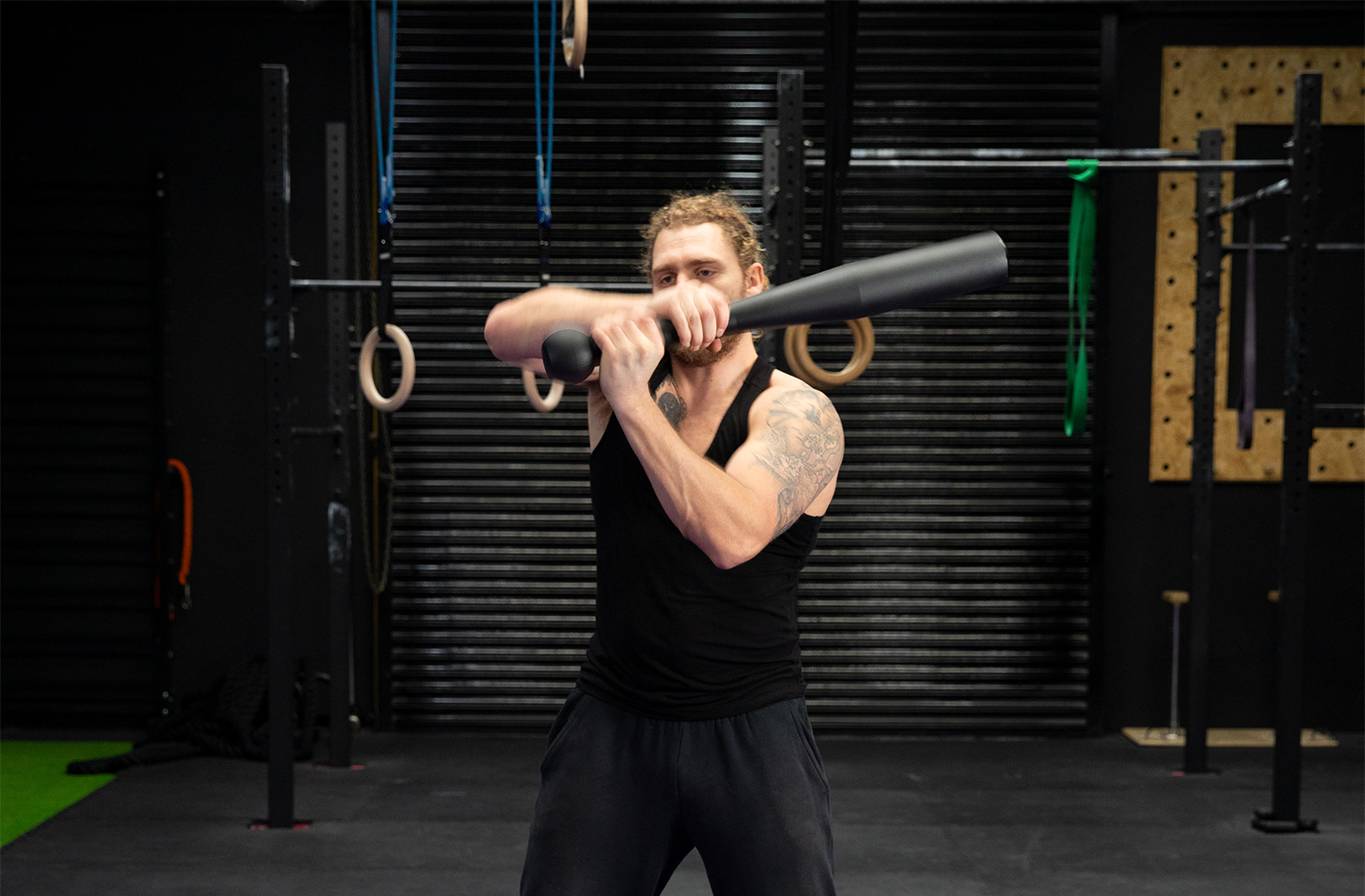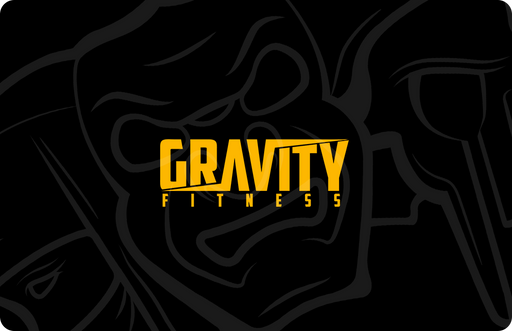
How To Get A Full Body Workout With Indian Clubs
How To Get A Full Body Workout With Indian Clubs
The Indian Club is a hugely versatile workout tool, with full body applications, much like a kettlebell. Indian Clubs (named so by colonial settlers to India) or Gada clubs are skittle shaped, similar to juggling clubs, with varying weights and sizes. They originated as a training implement for Indian soldiers. Club swinging has been a part of the Indian culture over the centuries and they have been used to improve hand eye coordination, strength, balance and agility.
The Indian Clubs can provide a great foundation for mobility and building strength whilst improving joint health, allowing them to be used for many different ages and abilities. They are a great way to train whilst rehabilitating any joints, as they provide full ranges of motion at low impacts.
To make the most of the Indian Clubs you need to master the two main grips; Hammer and Sabre. The hammer grip is the same as a hammer grip for a bicep curl. Hold the skinny end of the club with a straight wrist so that the weighted end of the club points upwards. The Sabre grip is similar but you angle your wrist so that the weighted end of the club is pointing straight forward, similar to the En Garde position in fencing. Don’t grip the club too tightly, just grip firmly enough to allow a slight movement in your hand.
Now let’s look at exercises we can do using either a pair of Indian clubs, or a heavier single club. We are going to start with the lower body exercises and work our way up through the upper body.
Chop Squats - Hold one club in both hands or one club in each hand with a hammer grip, perform a squat but at the top of that squat, bring the club/s behind your head and back in front as though you might be swinging an axe, then repeat. If performing with 2 clubs, think about maintaining that shoulder width.
Step Back Lunges – Hold the club widthways at each end, or hold one club in each hand with a hammer grip, and perform a weighted step back lunge, really focusing on that balance. For extra difficulty, and an added element of work, add in rotation from the hips over your front leg.
Crescent Swing – One light club in each hand is better here using a Sabre grip. The crescent swing works hip rotation and mobility and helps with coordination. Start with your feet shoulder width apart and hips front on. Then you pull one arm across your body, allowing your hips to internally rotate, then as you pull your arm round behind your head, then perform the same action with the opposite arm, allowing you to turn back the opposite way. THIS VIDEO (at the 4.55 mark roughly) can help you work out the details!
Hip Hinge – Again this one can use one heavier or two lighter clubs, whichever helps you balance better. Make sure you use a hammer grip if using 2 clubs, or hold one heavier club at each end, more similar to holding a barbell. This exercise will really help focus your hinge from and add gains to any deadlift or lifting exercise. Keep your back straight and focus on squeezing the glutes to bring your hips forward. Keep the motion slow and controlled to focus on that ROM (range of motion) and TUT (time under tension)
Now lets move onto the upper body:
The Traditional Swing – Either double arm or single arm will work here, as this works the Frontal plane. I would start by mastering the single arm first, and make sure you hold that Sabre grip. Everything with Indian clubs is led from the wrist and the elbow, especially when switching directions. So the key to the traditional swing is to start with an outstretched arm, and swing inward rotating the wrist and bending the elbow. When that arm is across your body, lift your elbow bring your hand behind your head and extend the arm, which will return it to your starting position. THIS VIDEO (at 3.38) has demos of the single and double arm swings.
Halo Swings – Similar to the Traditional Swing, but the halo swing works the Transverse plane of motion, as opposed to the Frontal. The Halo Swing uses a Sabre grip but transitions through a Hammer grip as well. Hold one club in each hand, with your arms straight out in front of you, keeping your lower body still. Bend your elbows and bring your hands behind your head and then straighten your arms out in front of you. Use your obliques to stabilize and balance. As you swing anticlockwise your left side will contract, and as you move your arms clockwise your right side will contract. See THIS VIDEO (at 4.21) for an example.
High & Low Blocks – Using a hammer grip with two lighter clubs, start in a boxer blocking stance with your hands up close to your chin, alternate lifting your elbows up, maximising that ROM, and returning to the block position – this is the high block. For the low block, establish your boxer block and rotate downwards from each elbow, again maximise ROM (range of motion) and control. THIS VIDEO (at 2.30) will showcase examples for you.
Rotational Swings – Keeping the sabre grip, with straight arms, perform slow and controlled shoulder rotations keeping that grip and straight arm. Almost like a standing front crawl. Keep control through the hips and make sure your shoulders stay depressed and don’t let them bunch round the ears. See THIS VIDEO (at 4.40) for techniques.
Here’s an example full body workout you can do with Indian Clubs:
Chop Squats x 4 x 12
Traditional Swings x 4 x 12es
Supersets
Rest 1 min
Step Back Lunges x 4 x 12es
Halo Swings x 4 x 12
Superset
Rest 1 min
Crescent Swings x 2 x 12es
High Blocks x 2 x 12es
Crescent Swings x 2 x 12es
Low Blocks x 2 x 12es
Superset
Rest 1 min
Hip Hinge x 4 x 12
Rotational Swings x 4 x 12es
Superset
Rest 1 min
Repeat between 3 – 4 times
Tag us on IG @gravity.fitness and show us your skills!
Couldn’t find source images for this one on Envato, but I would use the images from the Indian Club shop listing on the Gravity Shop
Click below to check out our range of Gravity Indian Clubs from 2kg up to 20kg!











































